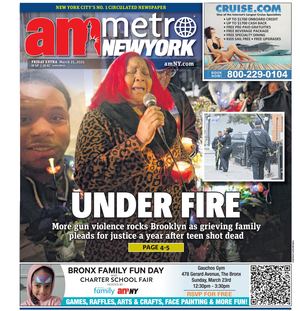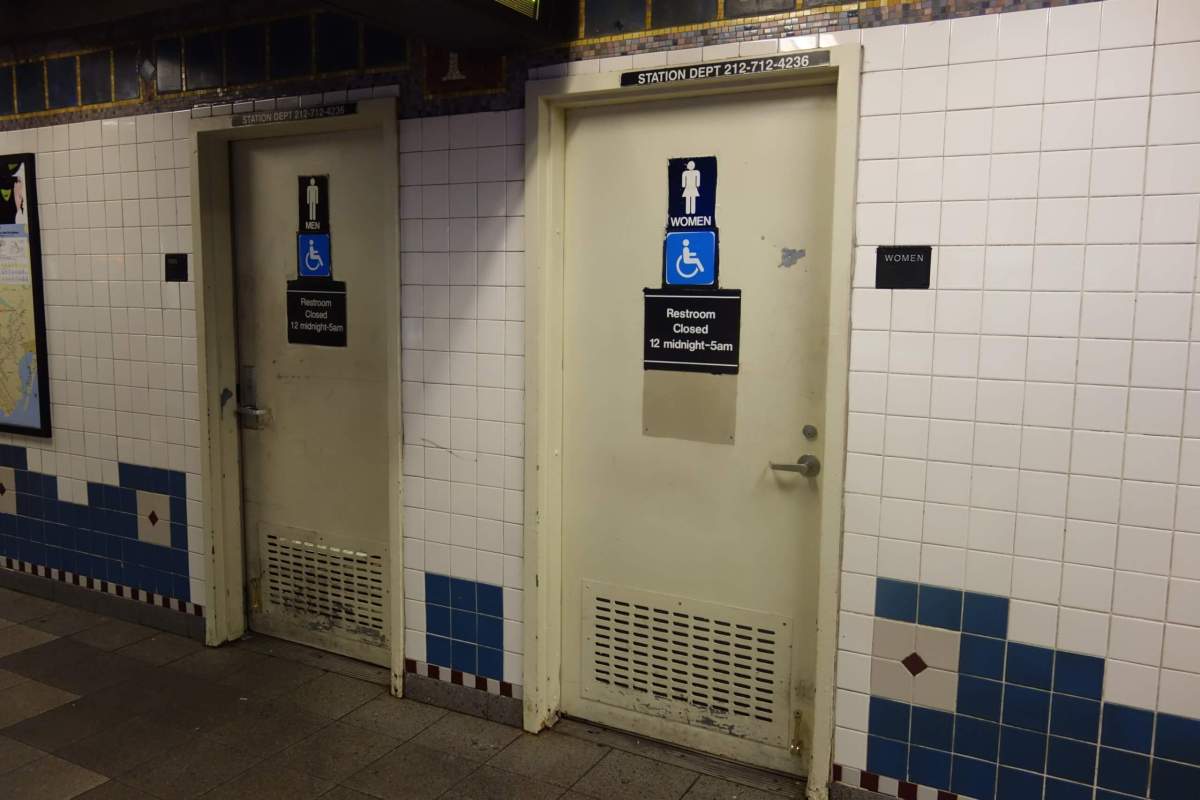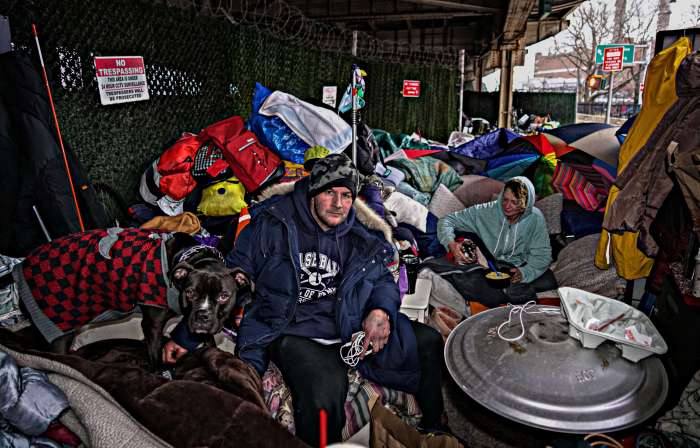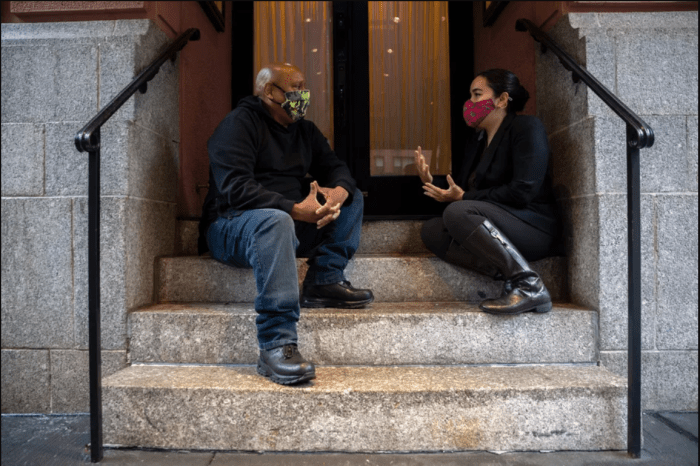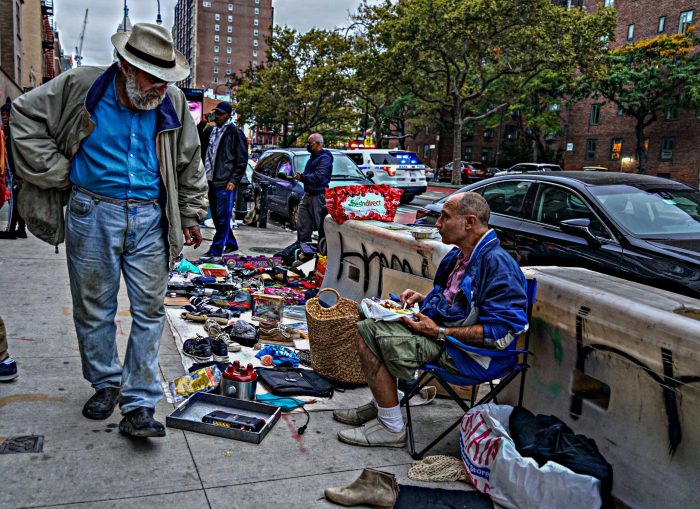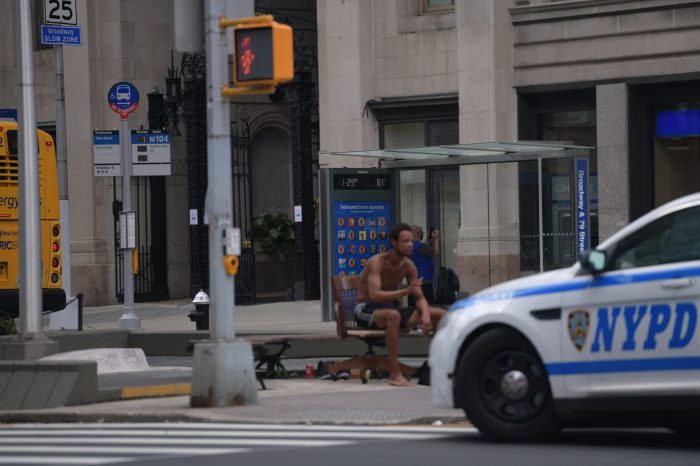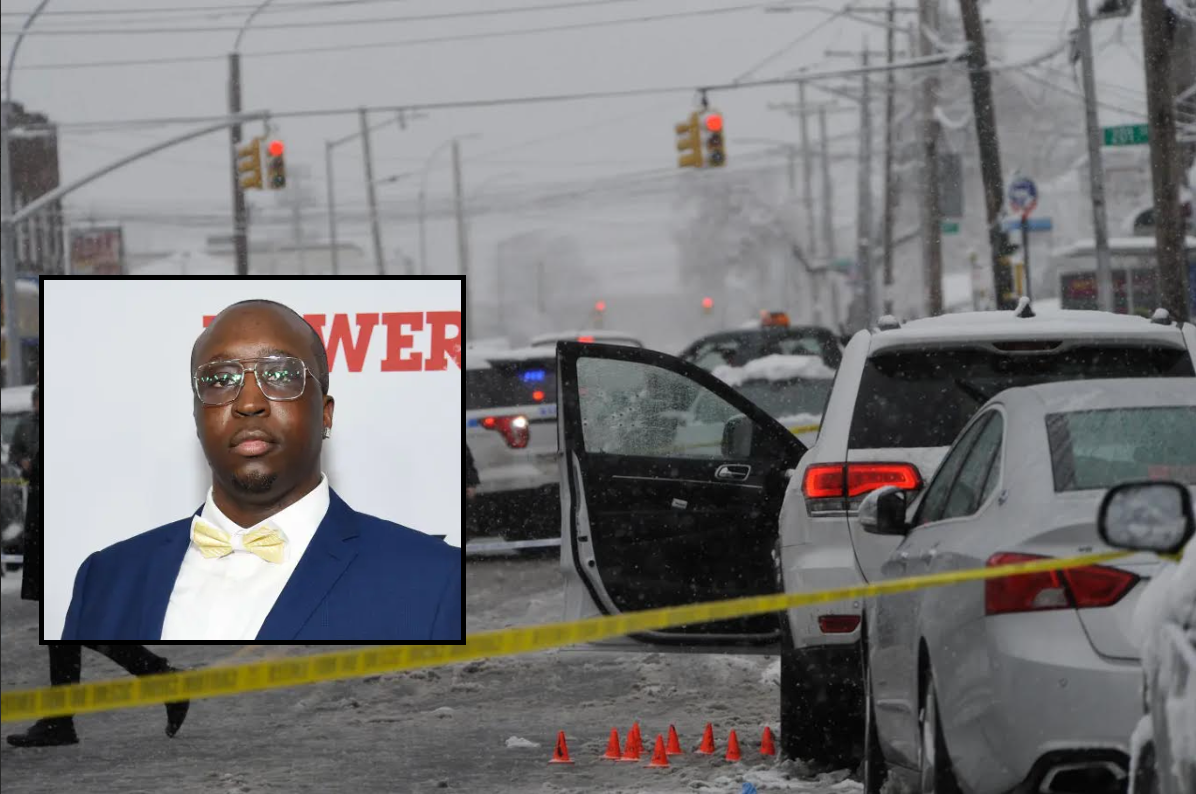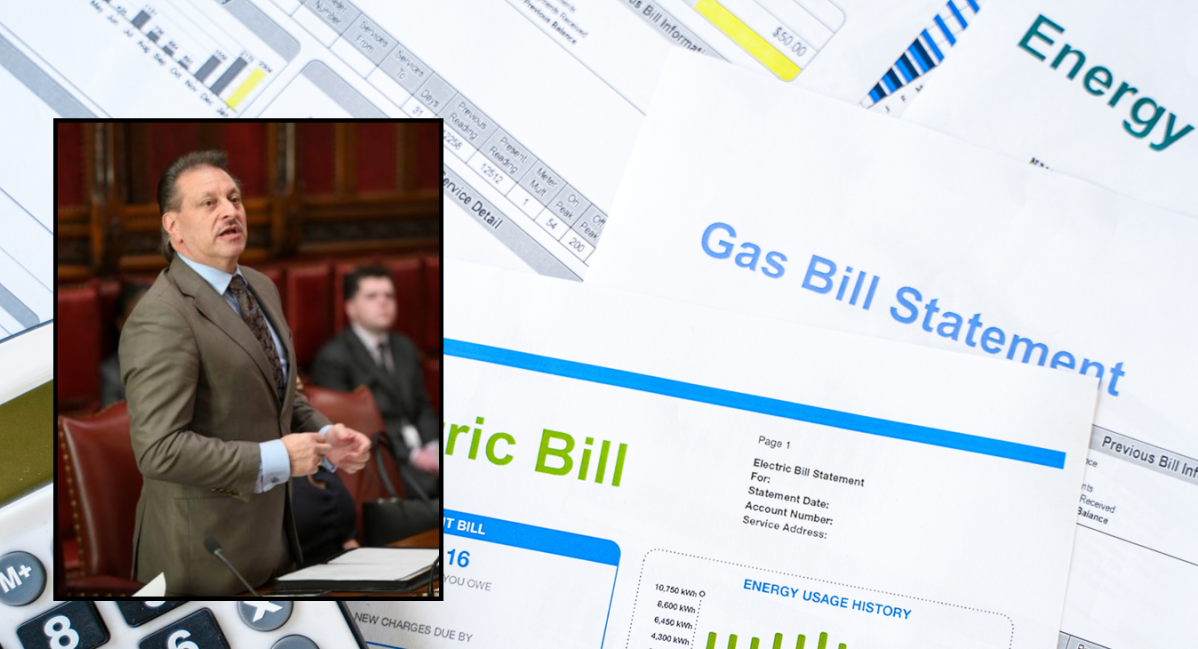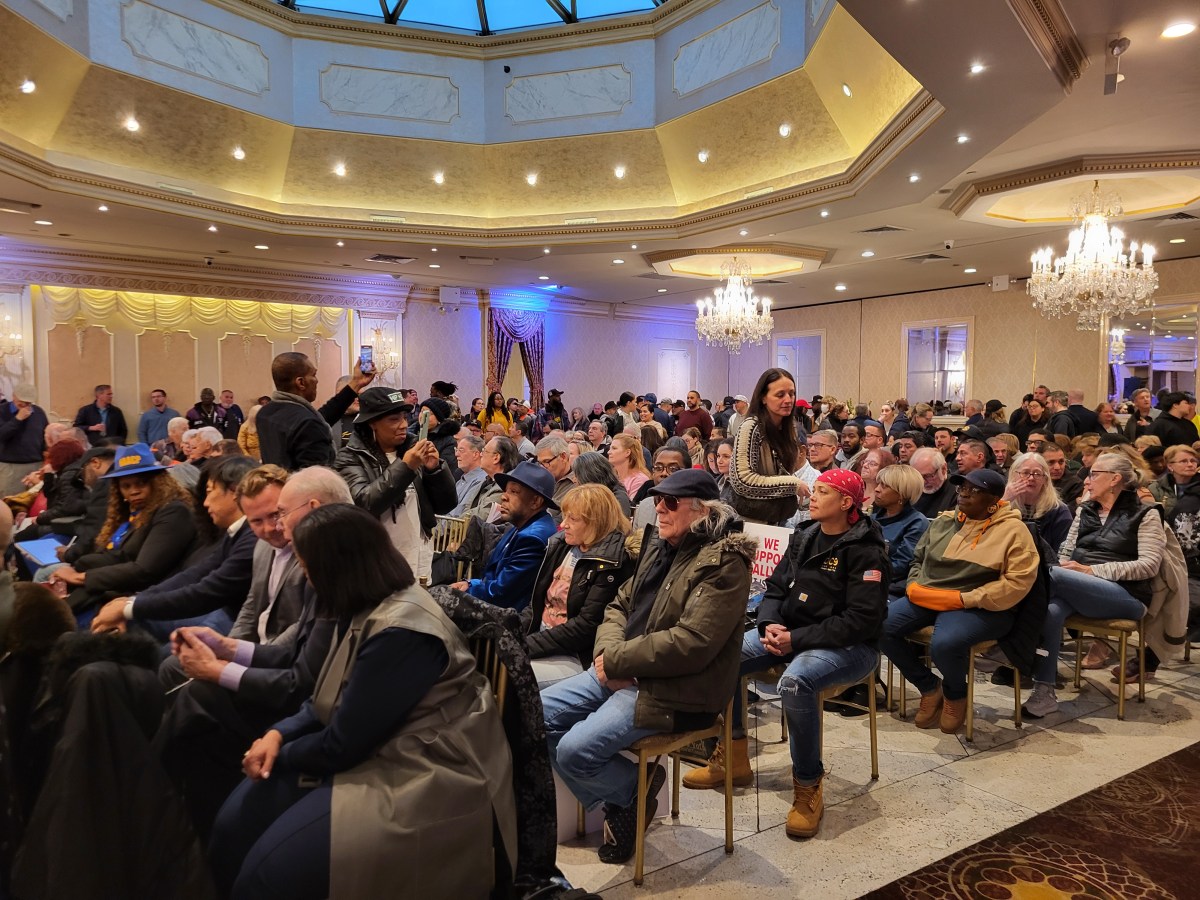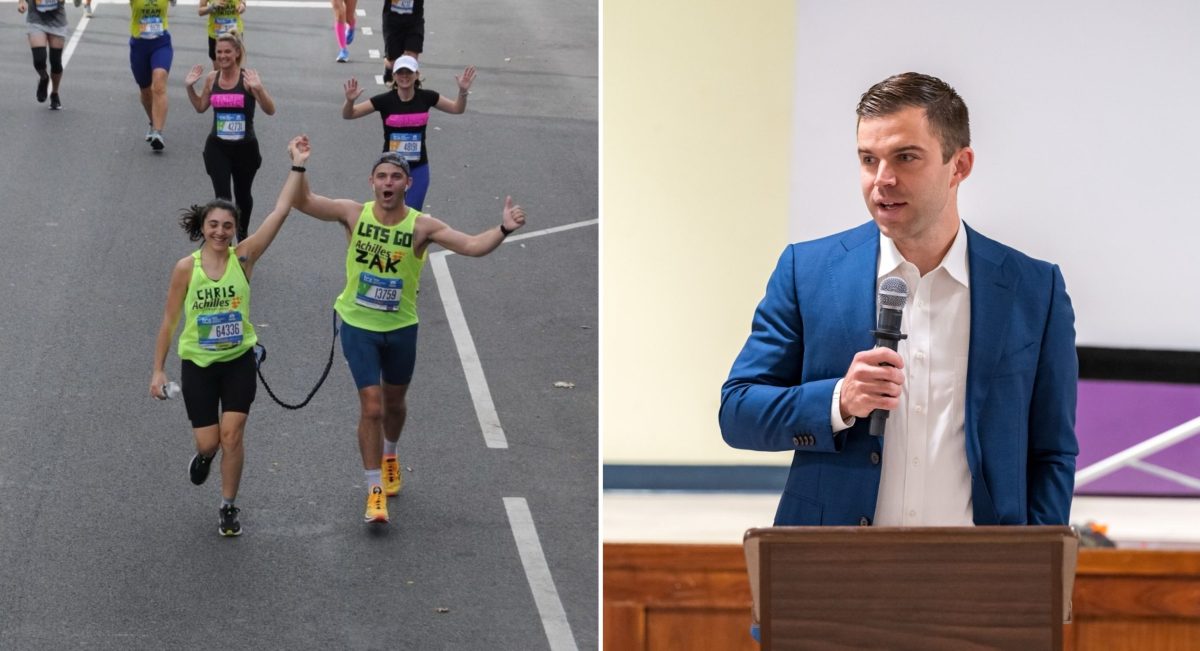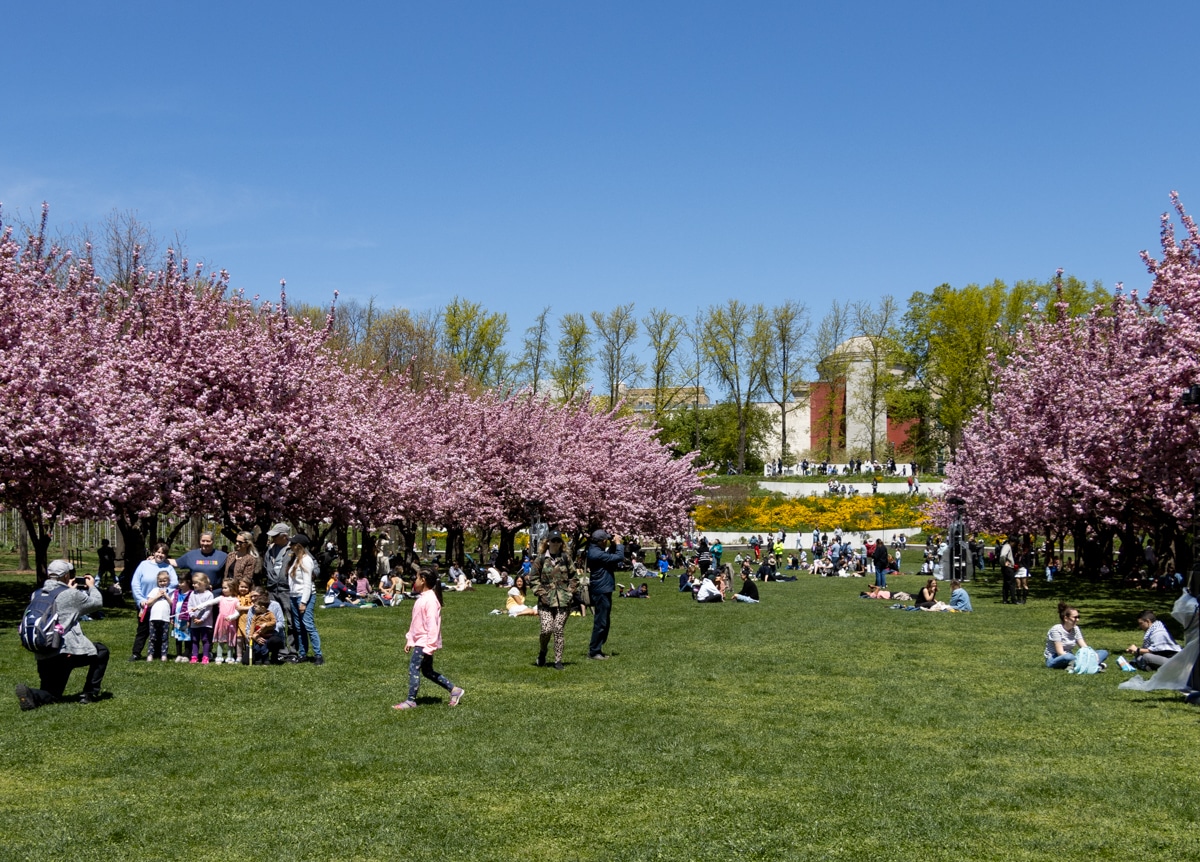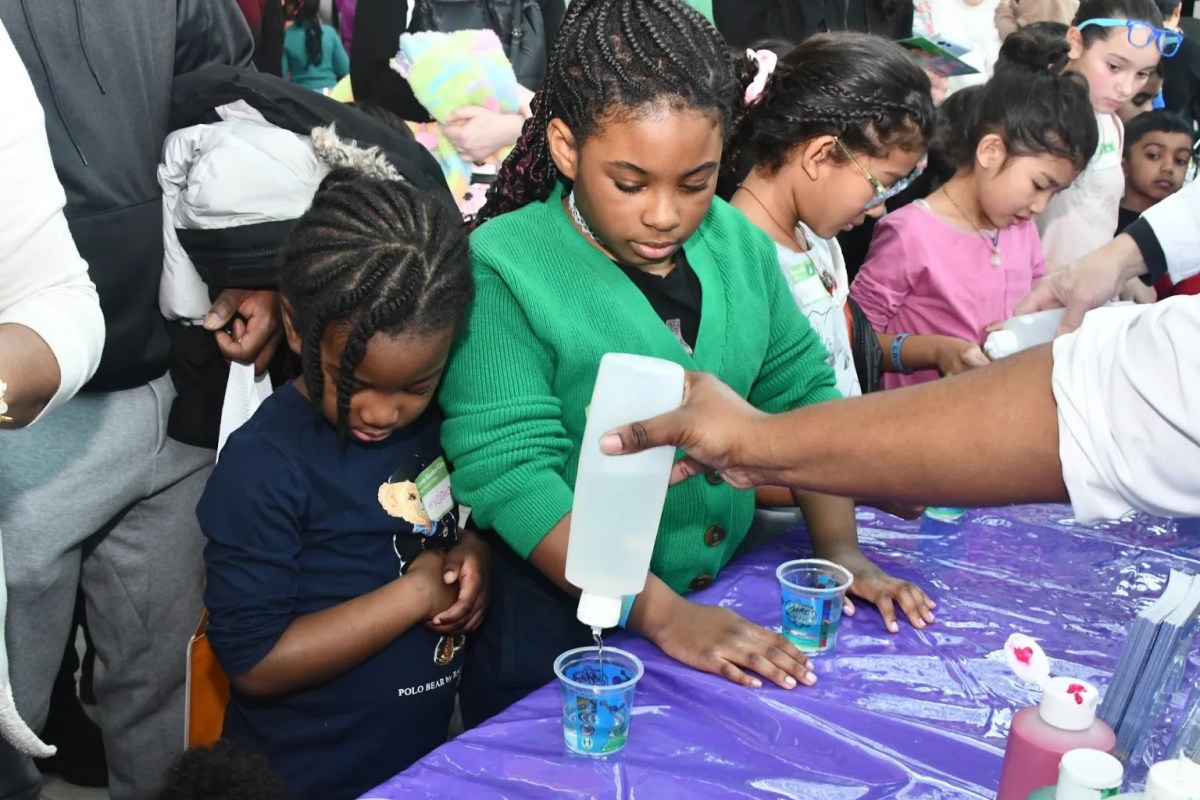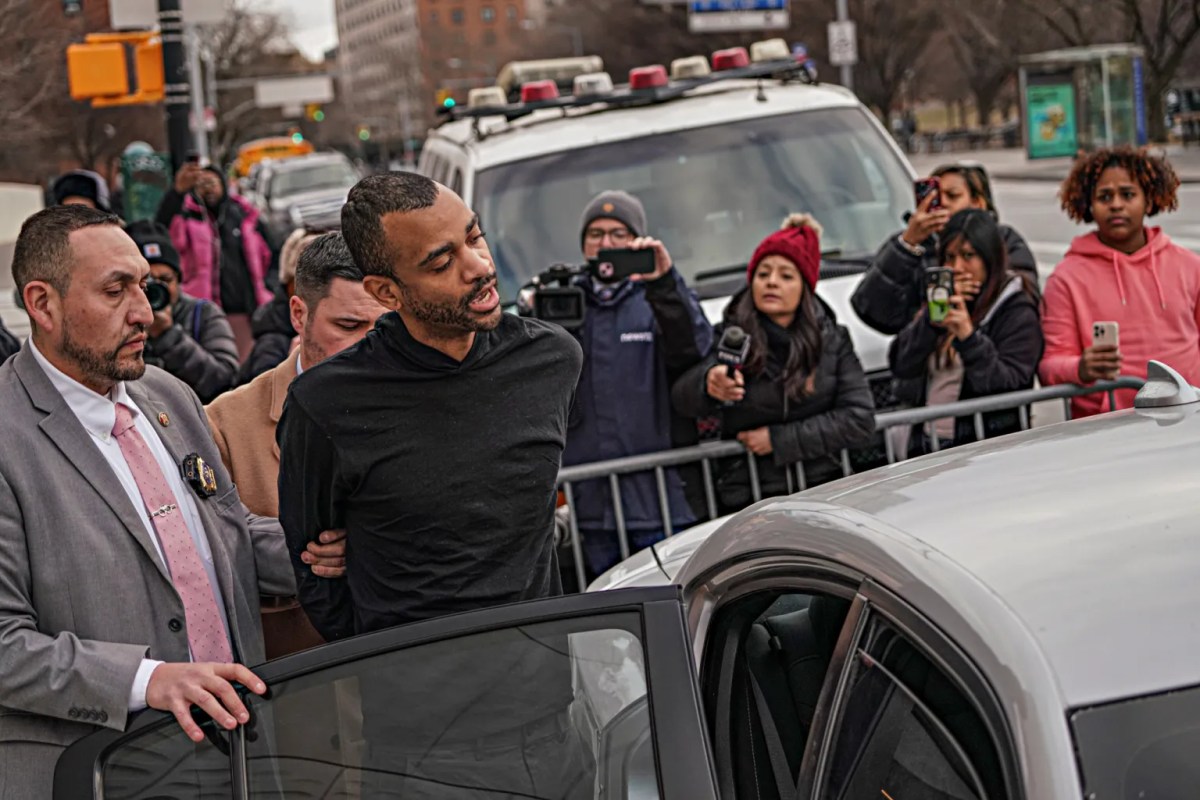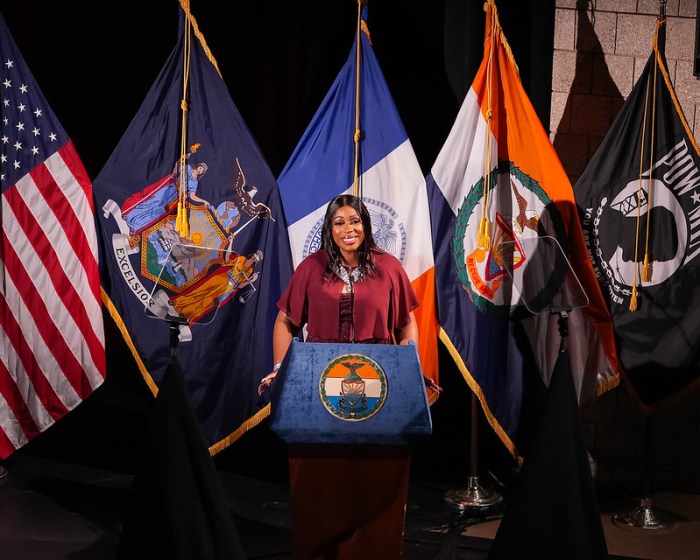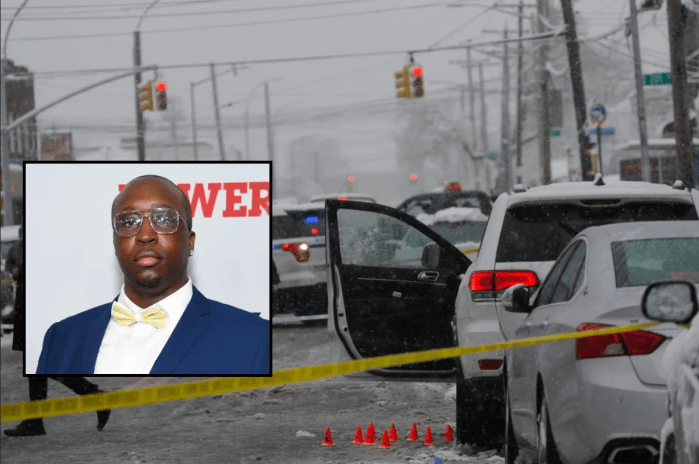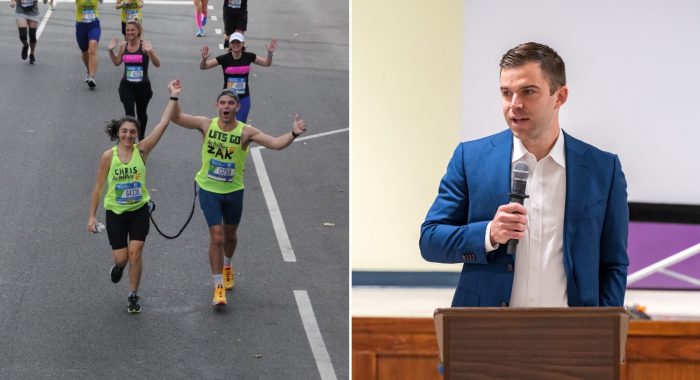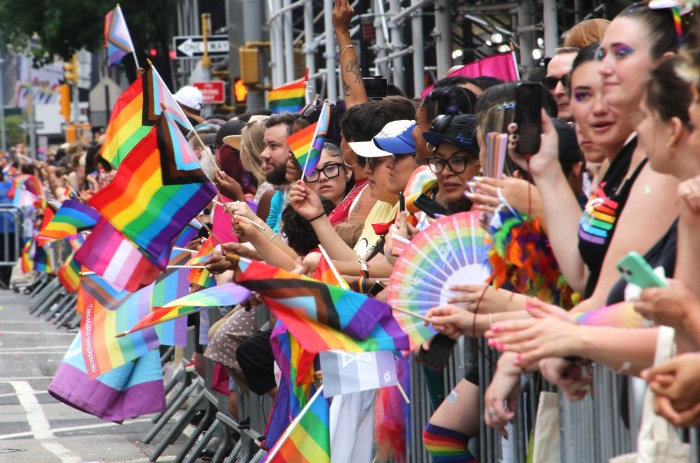The Metropolitan Transportation Authority won’t say when it plans to reopen dozens of restrooms in subway stations, because transit leaders have diverted cleaning staff to daily scrub trains, buses, and stations instead, amNewYork Metro has learned.
The public toilets MTA maintains at 76 subway stations across New York City have been shuttered since the early days of the pandemic, on March 26, 2020, with officials initially citing the risk of spreading the coronavirus for keeping them locked.
The move cut off one of the few places for homeless New Yorkers to relieve themselves, in a city where easily-accessible bathrooms are few and far between. One advocate for the unhoused urged the agency to reopen the facilities as riders return to mass transit.
“As there’s increased ridership, there will be an increased need for restrooms in the transit system,” said Jacquelyn Simone, a senior policy analyst at Coalition for the Homeless. “Everybody needs to use the restroom and that may happen while they’re in the transit system.”
Ridership has returned to around half of pre-pandemic levels, peaking at almost 3 million straphangers on Tuesday, Sept. 14. MTA leaders now argue they want to keep the costly pandemic-era disinfection regimen to entice more riders back to squeaky clean public transportation.
“Robust cleaning, which we started at the beginning of the pandemic and which our riders have come to expect is also continuing in stations, on trains, and buses, and other MTA vehicles,” said MTA acting chairperson and CEO Janno Lieber at the agency’s monthly board meeting Sept. 15.
The agency spent hundreds of millions of dollars to hire subcontractors to clean the transit system during unprecedented nightly shutdowns amid the pandemic, a practice city politicians lambasted as “hygiene theater,” and has continued even after researchers have found the risk of spreading COVID via surfaces to be low, according to the Centers for Disease Control and Prevention.
“If there are resources to sanitize the trains, there’s the ability to keep bathrooms clean too,” said Danny Pearlstein of the advocacy group Riders Alliance. “Subways should be as welcoming as possible, that includes being able to take care of basic human needs while in the transit system.”
The MTA has suffered a shortage of subway and bus operators amid a COVID hiring freeze last year, retirements, and illness, — driving a surge of cancelled service throughout the system.
In contrast, the number of maintenance staff for stations — which includes taking care of the bathrooms — actually increased during the pandemic, from 3,396 workers in February 2020 to 3,511 in July 2021, up 3.4%.
Overall maintenance staff levels, including those employees taking care of equipment, tracks, and other infrastructure, has gone down during that time by 7.2% from 22,155 to 20,565 workers, according to monthly committee reports.
Are they gonna be much longer?
Former New York City Transit chief Sarah Feinberg said back in June that she would like to reopen the restrooms “as quickly as possible,” but added she was trying to figure out how to first address issues that predated the pandemic, like vandalism, drug use, and people experiencing homelessness setting up camps inside the facilities.
The closure put many unhoused New Yorkers in a tough spot, as many other public restrooms in libraries and parks closed during the height of the pandemic.
There was also an uptick in train cars soiled with feces, urine, vomit, and garbage, forcing MTA to pull them out of service, but Feinberg at the time claimed the grime spike was unrelated to lacking bathroom access, blaming it on mentally-ill riders instead.
“We don’t necessarily see a correlation always between soiled elevators and soiled train cars and restrooms being open,” she said. “I think in many cases what we’re dealing with there is not someone who [when] the restroom upstairs or in a very different part of the station isn’t open, ‘Therefore I have no choice but to go here.’ What we found is it tends to be mental illness issue.”
Simone disagreed with Feinberg, saying it really just boils down to giving people a place to go when they need to.
“The reality is that is we don’t give people a dignified place to fulfill basic functions, there will be an increase in public urination and defecation,” Simone said.
The homeless advocate suggested that as MTA bigs campaign to bring back riders, they should embrace their stable of public potties.
“It’s not just homeless people who would benefit from this, it’s parents with small children, tourists — everyone needs a bathroom at some point, and if the MTA is seen as a place that has clean and public restrooms that would be a benefit to everyone,” she said. “The policy choices that help the most vulnerable also end up helping everyone.”
